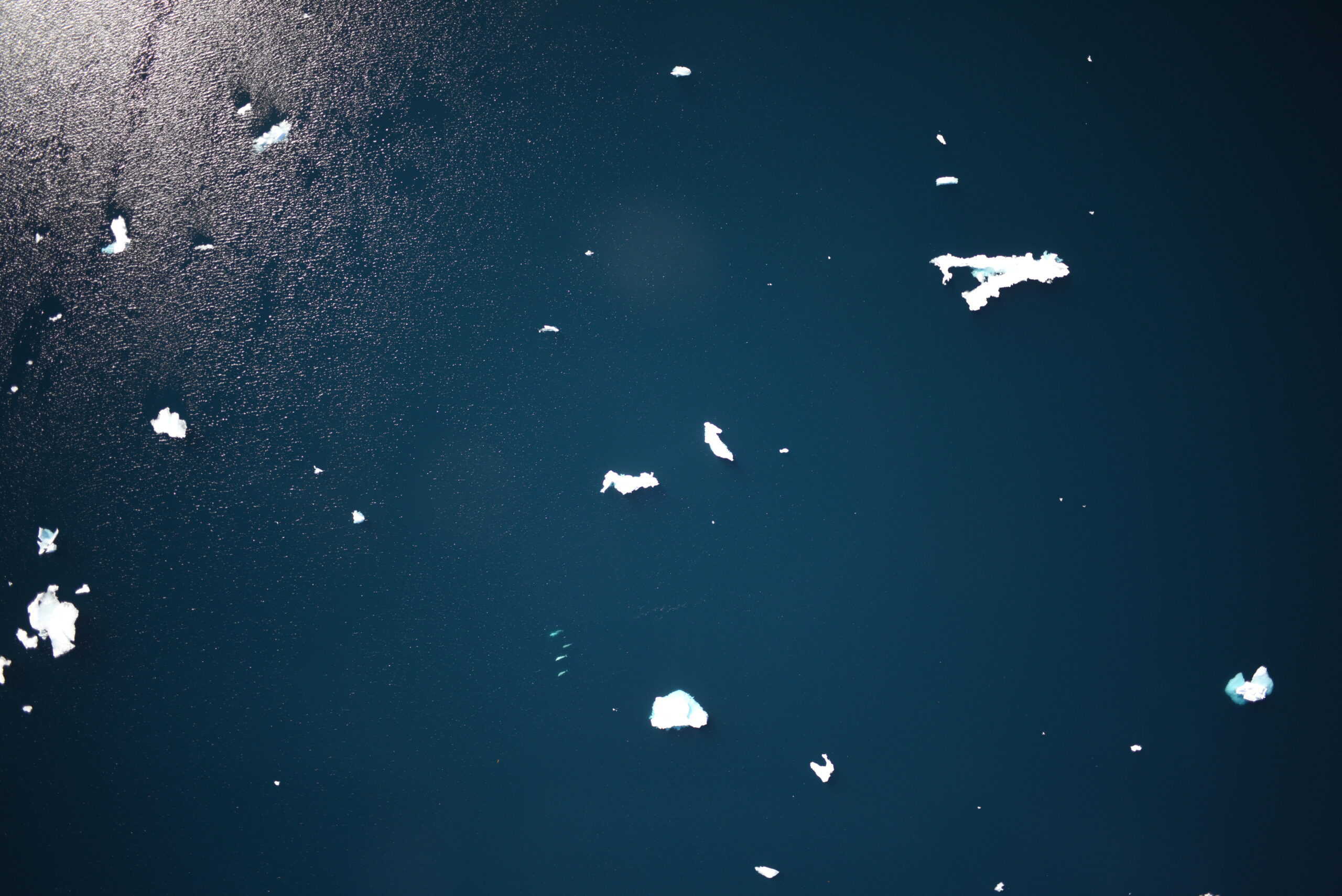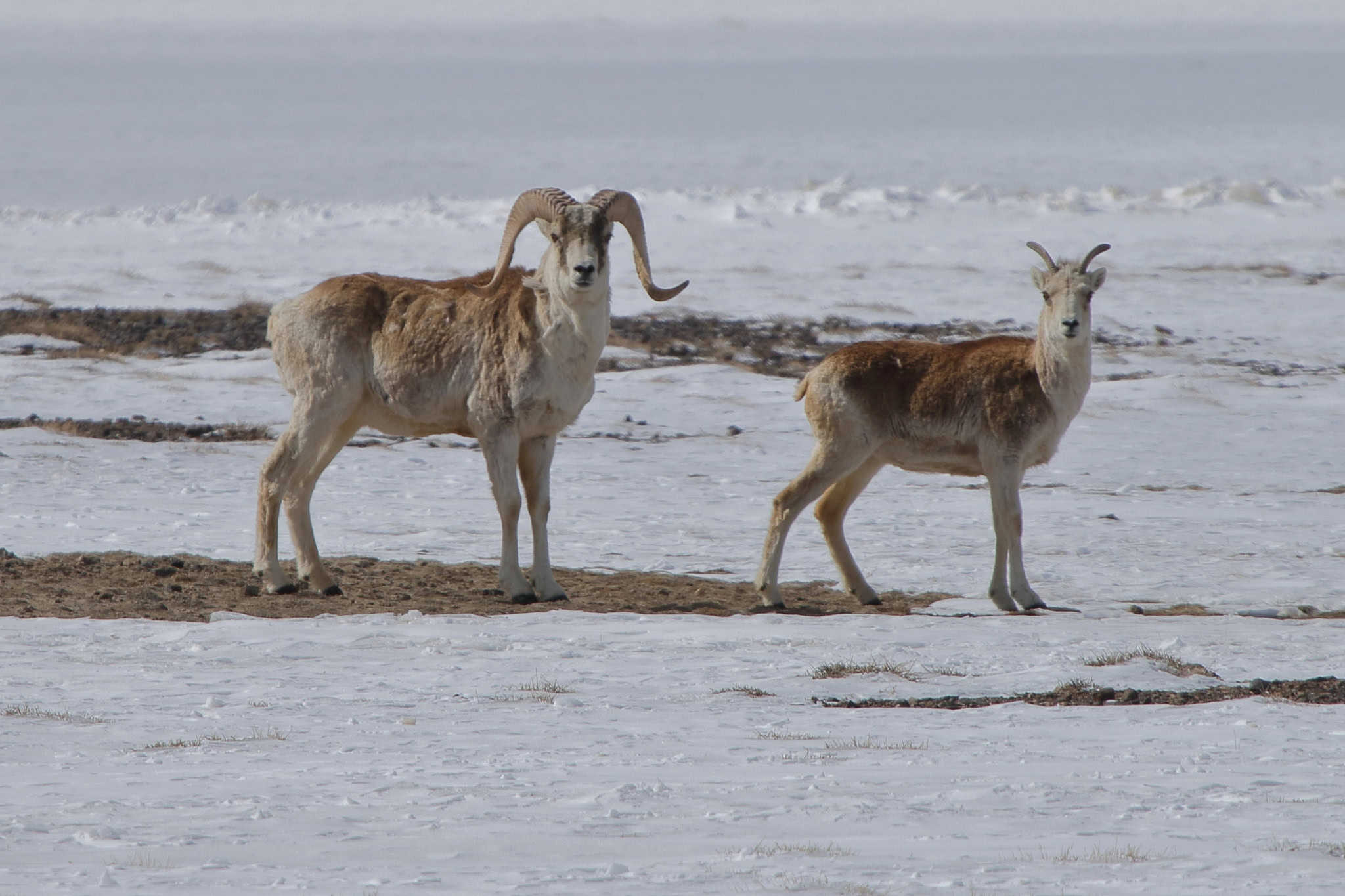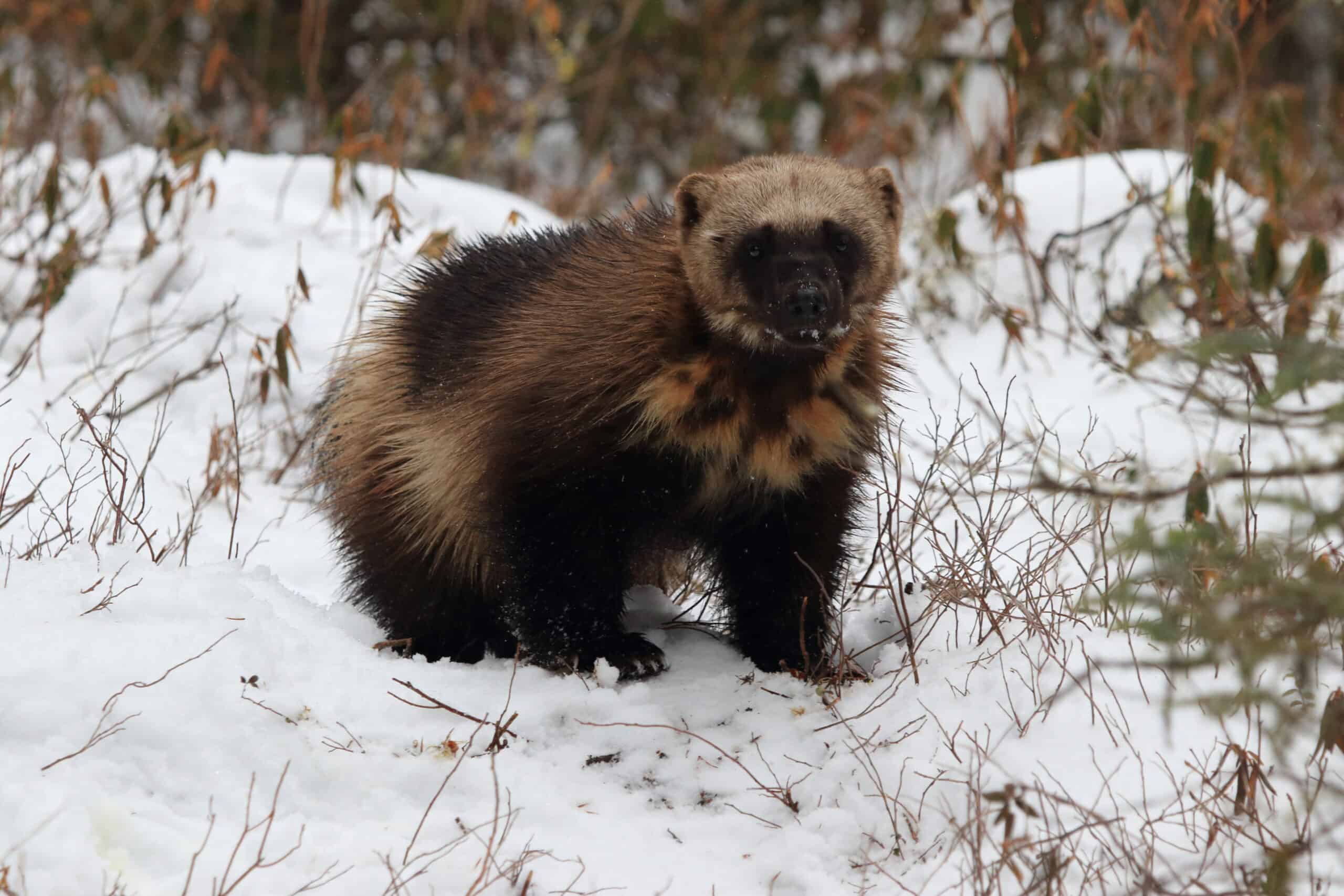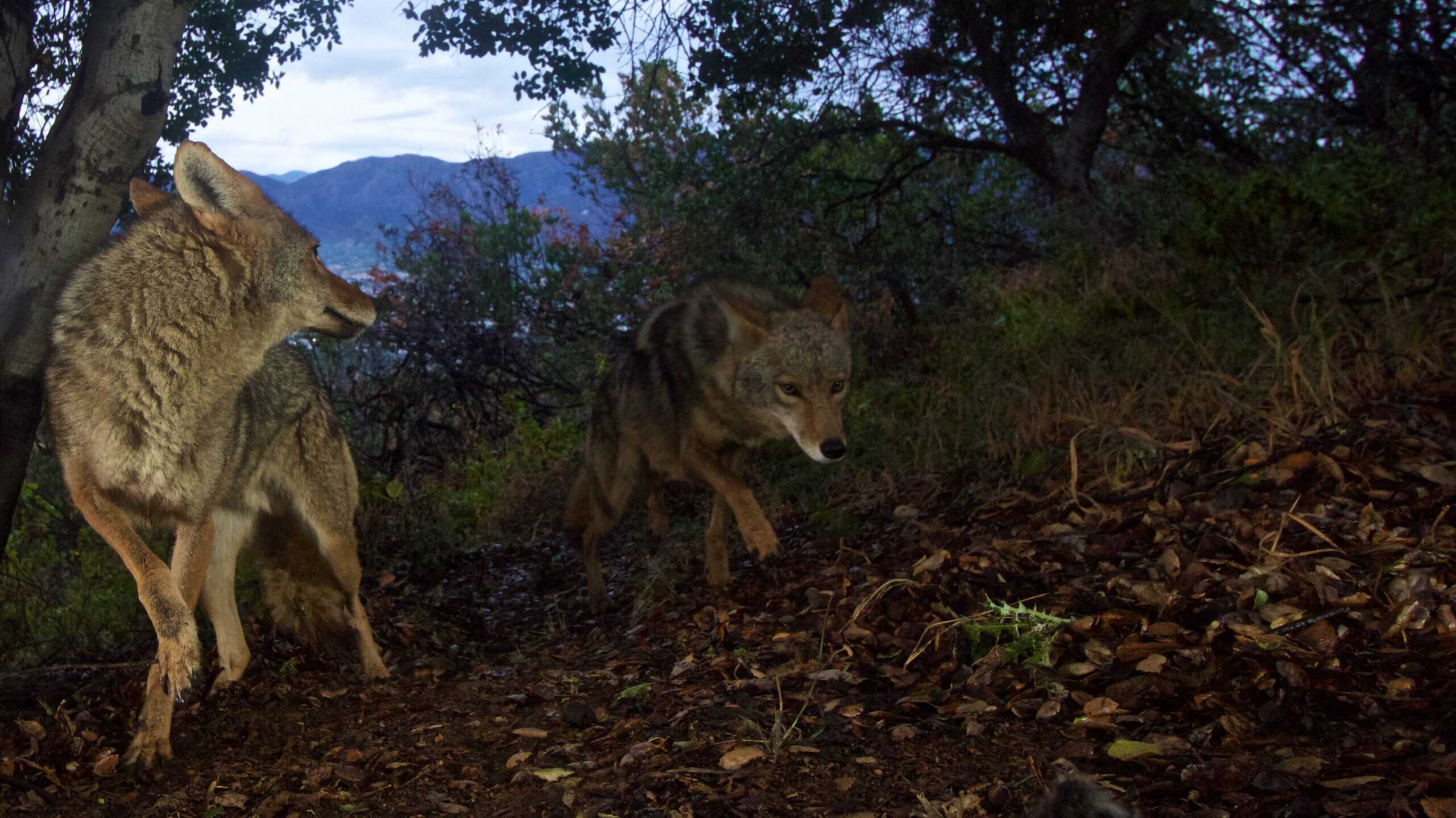Share this article
Wildlife Featured in this article
- Beluga
JWM: Baffin Bay beluga population has halved
Decades of analysis in the Baffin Bay population reveals harvest pressure may be causing declines
The beluga whale population in the Arctic Ocean may have dropped by about 50% in the past half century.
“Data suggested that the pressure [on the population] was harvest related,” said Brooke Biddlecombe, a scientist in the Polar Bear Research Group for Environment and Climate Change Canada.
Inuit people harvest belugas in the eastern high Arctic Baffin Bay for subsistence, which hasn’t been considered a conservation concern in the past. But scientists haven’t been able to monitor the population consistently due mostly to the difficulty of accessing such a large, remote area and other logistical challenges.
“That high in the arctic, the weather is remarkably unpredictable,” Biddlecombe said.

Belugas in Baffin Bay
Biddlecombe led a study published recently in the Journal of Wildlife Management compiling small surveys conducted on parts of the population and compared them to the last large-scale population survey conducted on Baffin Bay belugas in 1996.
“We needed to see if we could find out what’s going on more recently,” Biddlecombe said. “The idea was this science could inform future harvest management.”
The 1996 survey was the most complete aerial survey to date of the population. In subsequent years, researchers conducted only partial surveys of two subsets of the populations that winter in different areas.
The entire eastern high Arctic Baffin Bay population summers around the Sommerset Island in Nunavut, but in the winter, it splits into two distinct ranges. One is by North Water polynya in the very north of Baffin Bay, and the other is in western Greenland. Researchers conducted surveys of each of these wintering groups in 2010 and 2012, respectively.
The team also bolstered the data from these surveys with population estimates taken from satellite imagery, as well as harvest data that has been reported reliably since 1977, when the population was estimated at nearly 30,000 belugas.
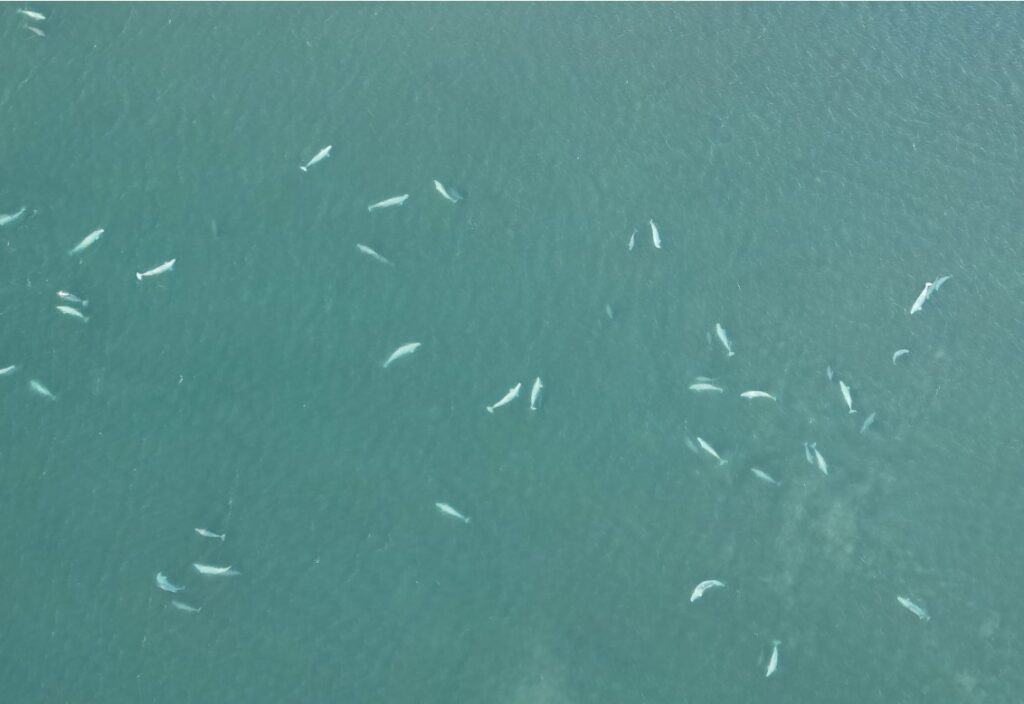
Beluga decline
Biddlecombe and her coauthor Cortney Watt ran all of this data through models and estimated that the population dropped to just under 16,500 belugas.
The team’s data also showed that this large decline was likely related to harvesting. In 2004, for example, Greenland instituted a harvest limit. Subsequently, Biddlecombe said the population decline in belugas started to even out from the steep drop.
“The catch limits in Greenland really suggest that’s what’s pushing that trend,” she said.
Beluga harvesting is important culturally and for subsistence for northern peoples. “Inuit people really and truly rely on these animals, so taking away harvest is not really an option,” Biddlecombe said. As a result, she added, the goal ideally would be to make sure such harvest is sustainable.
The team’s models also projected possible numbers a decade into the future. This revealed that an annual harvest of about 300 whales would carry a 50% chance of population decline. To reach a 5% chance of population decline—the standard that Biddlecombe said is ideal—harvest would need to be limited to about 108 belugas per year.
However, the average number of belugas harvested annually for the past decade between Greenland and Canada is between 250 and 260 animals.
Biddlecombe hopes this study can inform future harvest decisions for belugas in Baffin Bay. Continued cooperation between Canadian and Greenland co-management groups will be critical in ensuring future sustainability, she said.
This article features research that was published in a TWS peer-reviewed journal. Individual online access to all TWS journal articles is a benefit of membership. Join TWS now to read the latest in wildlife research.
Header Image: Belugas captured on camera during an aerial survey. Credit: Fisheries and Oceans Canada



